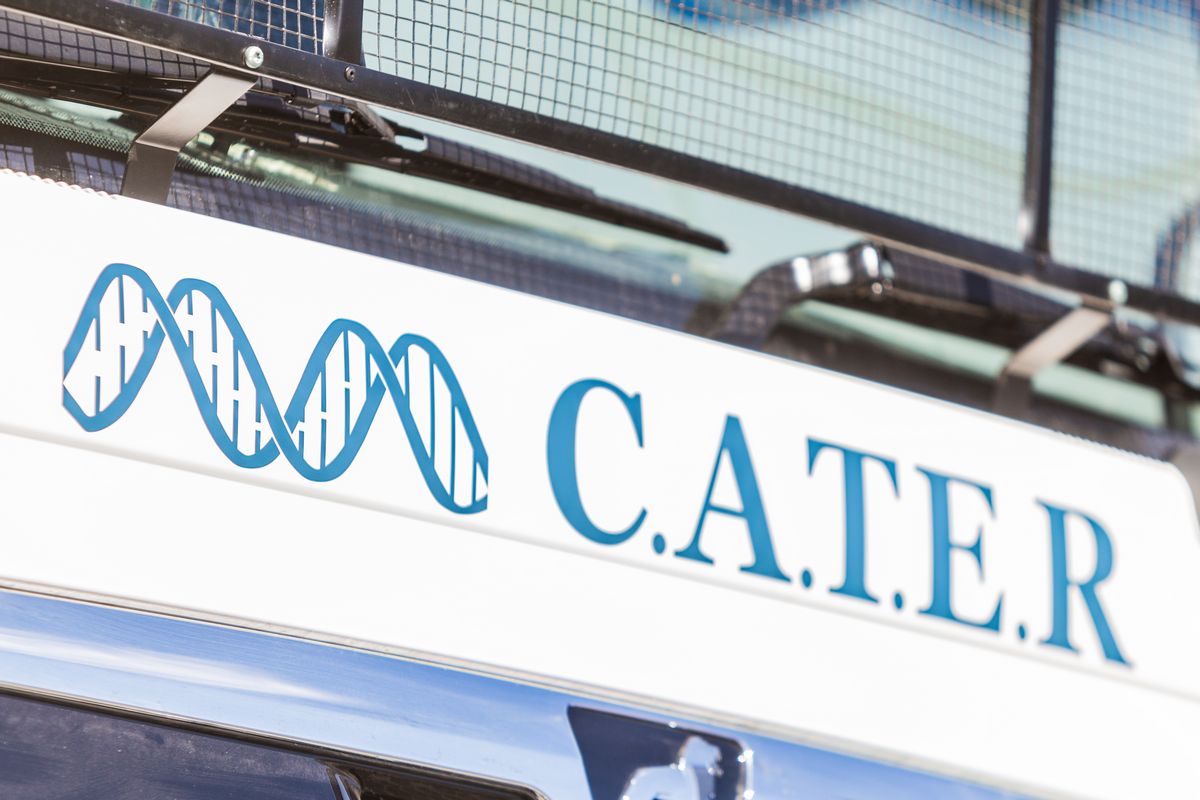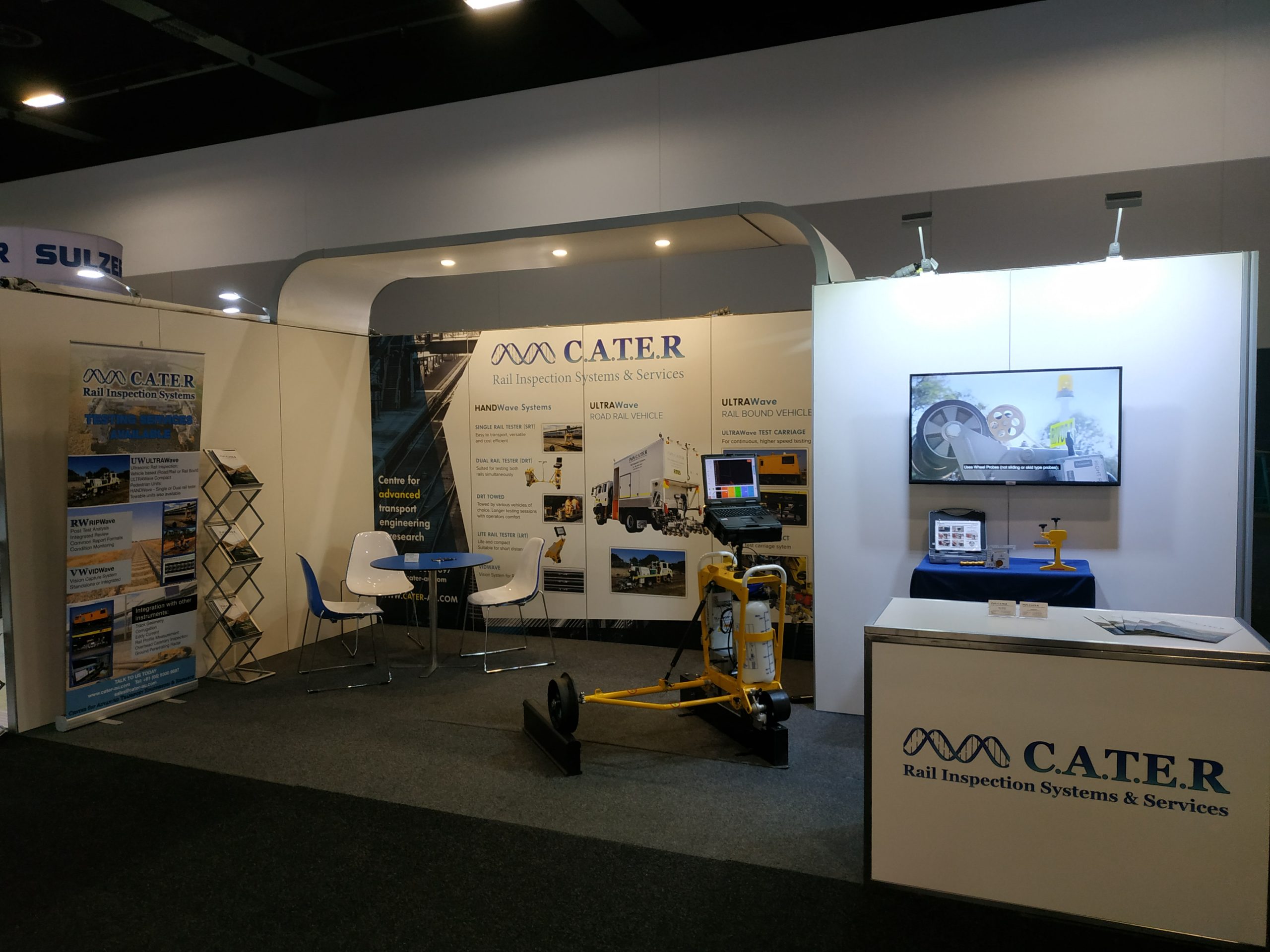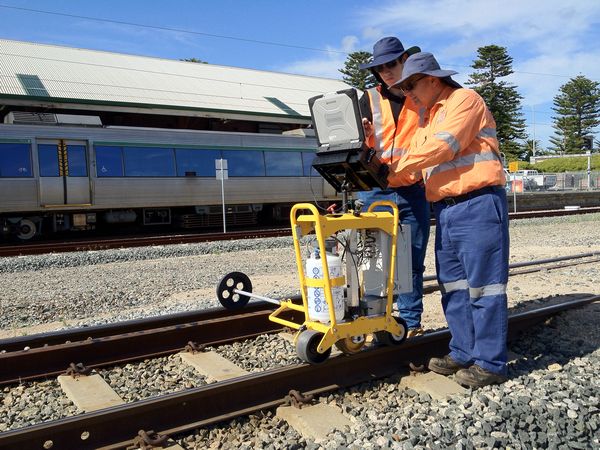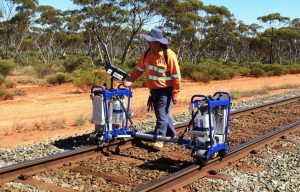Fairclough Corporation
Fairclough Corporation Pty Ltd was formed to improve rail flaw detection (RFD) accuracy, repeatability and ease of use. From experience and expertise through many years in the rail industry which has led to the ULTRAWave and RIPWave analysis systems.
Our company was formed in 1996 and was fully operational by January 1997. Initially, we concentrated on improving service and maintenance support for rail instrumentation systems.
This has expanded into a successful product range offering electronic computer track measurement and advanced user-orientated software systems. With our continued expansion, we opened the Centre for Advanced Transport Engineering and Research (C.A.T.E.R) to meet the growing demand for technical research and product development.
The initial business was to provide service and maintenance support for rail inspection instrumentation. This has now expanded into the current range of products and services demonstrating arguably world's best practice.
Focus: Skilled Research
C.A.T.E.R (Fairclough Corporation Pty Ltd 1996) has an extensive background in Research & Development.
Our main focus of business is developing, trialling, testing and prototyping rail specific inspection instrumentation with a commercial potential.


Rail Audit
Survey Service for Targeted Asset Management
Leads to targeted maintenance planning for reduced personnel and materials' costs. Planning can focus on 'areas of interest' for managing personnel and materials in a more strategic and cost-effective way.
Efficient planning also aids reducing costs by:
- Maintaining rail safety
- Avoiding environmental damage
- Reducing rail traffic disruptions for passenger and freight lines
Systems Engineering
Engineering for Specific Solutions
We have a strong focus on research, development, prototyping and testing of products for commercial readiness. In collaboration with customers, comprehensive rail specific solutions are developed to enhance individual maintenance programmes and address particular concerns.


Contract Rail Testing
Service Provision for PerWay Inspection
Complete rail inspection services to rail networks on a regular basis to provide information for accurate maintenance needs.

ULTRAWave
Ultrasonic Rail Flaw Detection System (RFD)
ULTRAWave is a proven method to analyse the internal structure of the rail as internal defects cannot be seen from visual inspection.
C.A.T.E.R uses the latest technologies to offer the most comprehensive equipment choices based on many years of rail industry experience. We provide a complete rail inspection system developed to the highest engineering standards.
ULTRAWave Compact
Compact Rail Flaw Detection System
The ULTRAWave Compact system is adaptable to a trolley or a light weight vehicle.
The ULTRAWave control and display software can be configured to perate on a notebook computer with single monitor for portable systems, or it can be configured to operate on a computer with multiple monitors for enhanced operational efficiency.


RIPWave
Post Processing Analysis
Powerful software program designed for post-run analysis and reporting incorporating various information types and sources.
This software can collate, combine, compare and analyse legacy and current information
VIDWave
Video Identification & Analysis Viewer
VIDWave Inspects rail, sleepers (ties), ballast and other Permanent Way assets and infrastructure Visual confirmation and cross correlation of information collected from other inspection systems. Records PerWay condition for maintenance and safety assessment


HANDWave
Portable Ultrasonic Rail Inspection System
Pedestrian type Single and Dual Rail Testers for flaw and rail condition analysis.
Reaches hard to access areas
A robust and lightweight ultrasonic rail flaw detection tool with powerful detection, display and processing features which collapses quickly for easy transport
International Market
C.A.T.E.R's is an international supplier and developer of significant engineering services and technology for measurement and flaw detection systems in rail transport worldwide.










